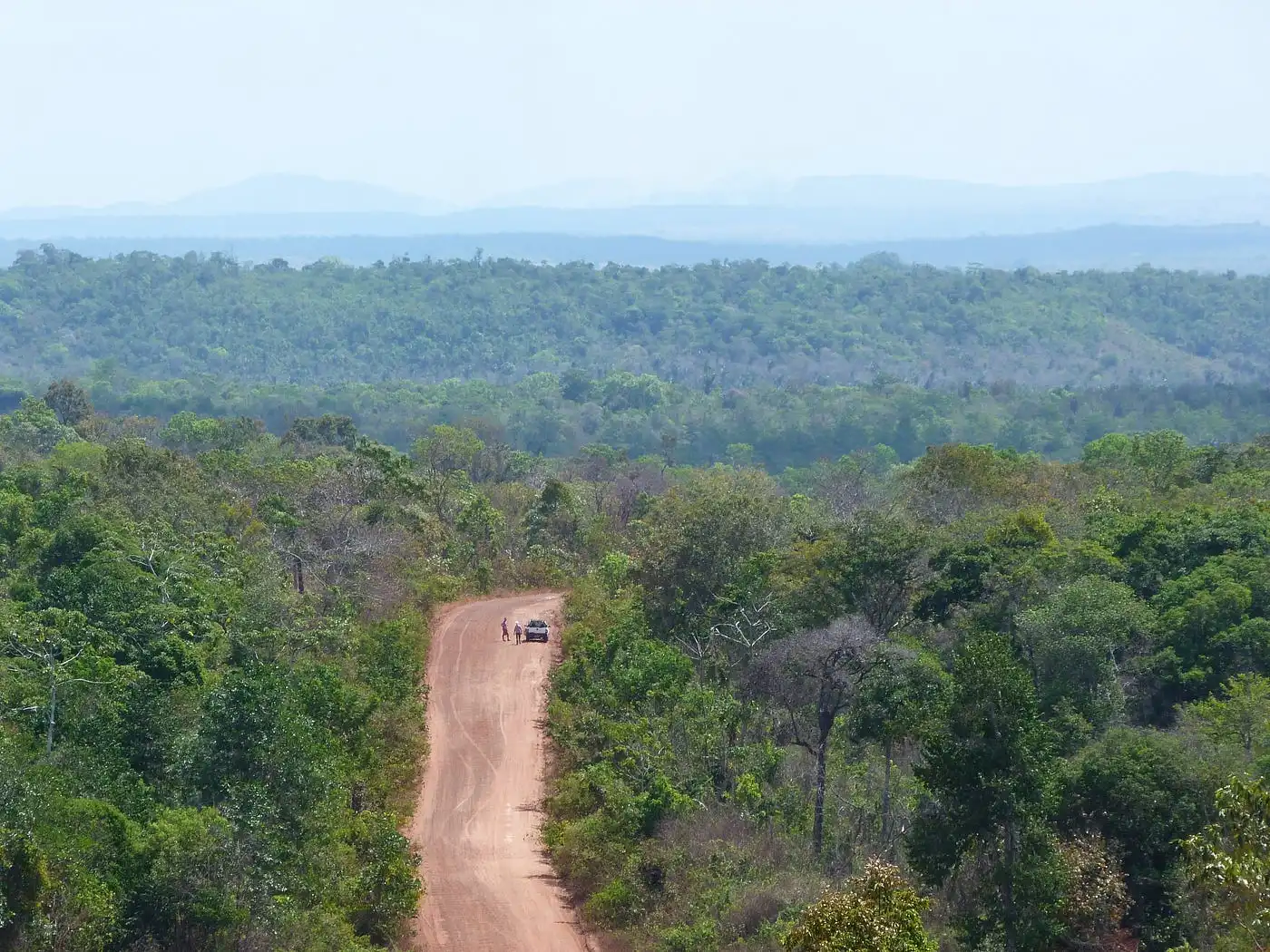A recent study by the environmental group MapBiomas shows Brazil lost 15% of its native forests between 1985 and 2022.
This means the forested area shrank from 581.6 million hectares to 494.1 million hectares. Agriculture and livestock farming are the main culprits.
In fact, the last five years alone accounted for an 11% loss of the total area or 87.6 million hectares.
Turning to specific regions, the Amazon saw a 13% decline, while the Cerrado experienced a 27% reduction.
The study covers various types of tree cover, such as savannas and wetlands. Currently, these ecosystems make up about 58% of Brazil’s total land.
Now, if we consider all types of forests, the Amazon holds 78% and the Caatinga has 54% of the country’s total in 2022.
Additionally, the study found that 58 million hectares of the lost area was true forest land. These are regions rich in trees and have a continuous canopy.
Over the years studied, these specific forest areas declined by 14%.

Interestingly, the Pampa region remained stable, not experiencing any significant loss or gain.
Furthermore, the research suggests that 95% of this deforestation came from expanding agricultural activities.
These activities include converting forests into grazing lands and using areas for crops.
The loss of forests increased in the first two decades studied, but started to decrease from 2006 onward.
Wetland Forests
Wetland forests also got the group’s attention this year. These forests are near water bodies and are also part of the Amazon.
Over the 38 years, about 430,000 hectares of wetland forests disappeared. This leaves 18.8 million hectares remaining, making up 4.4% of the total area in 2022.
In conclusion, Brazil has been losing its native forests at an alarming rate, with agriculture and livestock farming as the main drivers.
The loss has severe implications for biodiversity, climate change, and local communities. Continued monitoring and sustainable practices are crucial for reversing this concerning trend.

